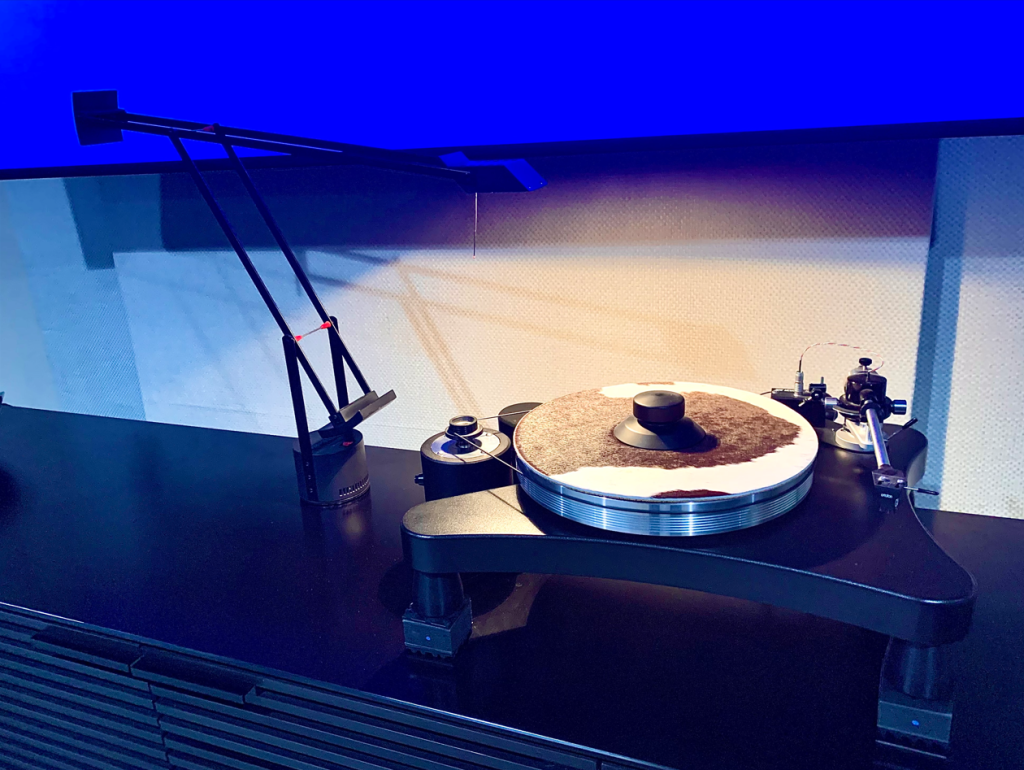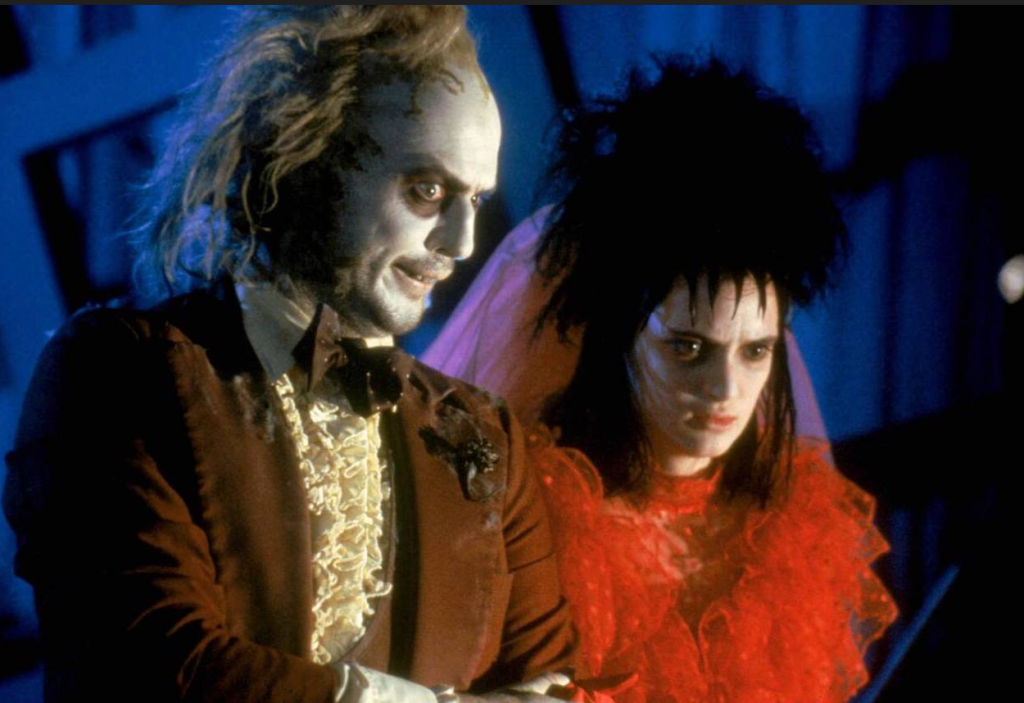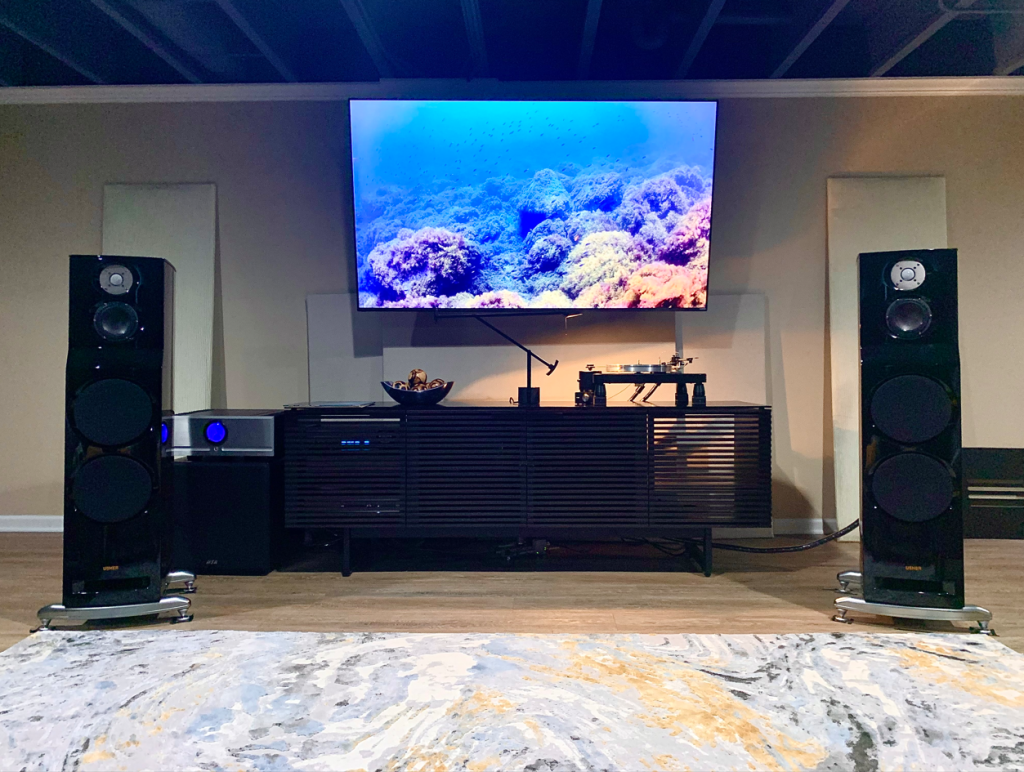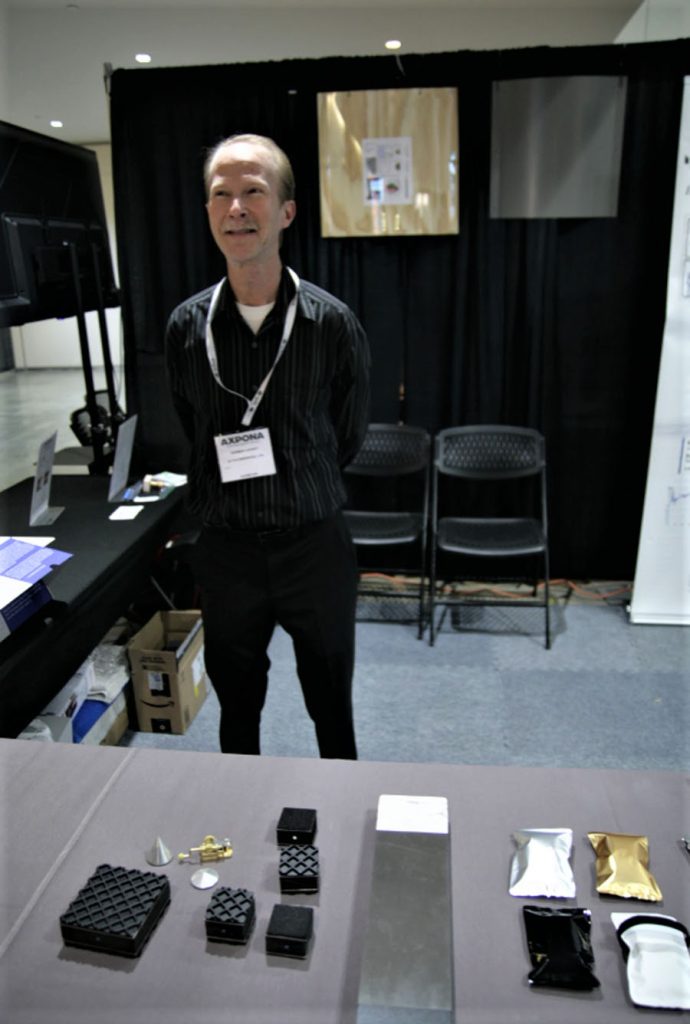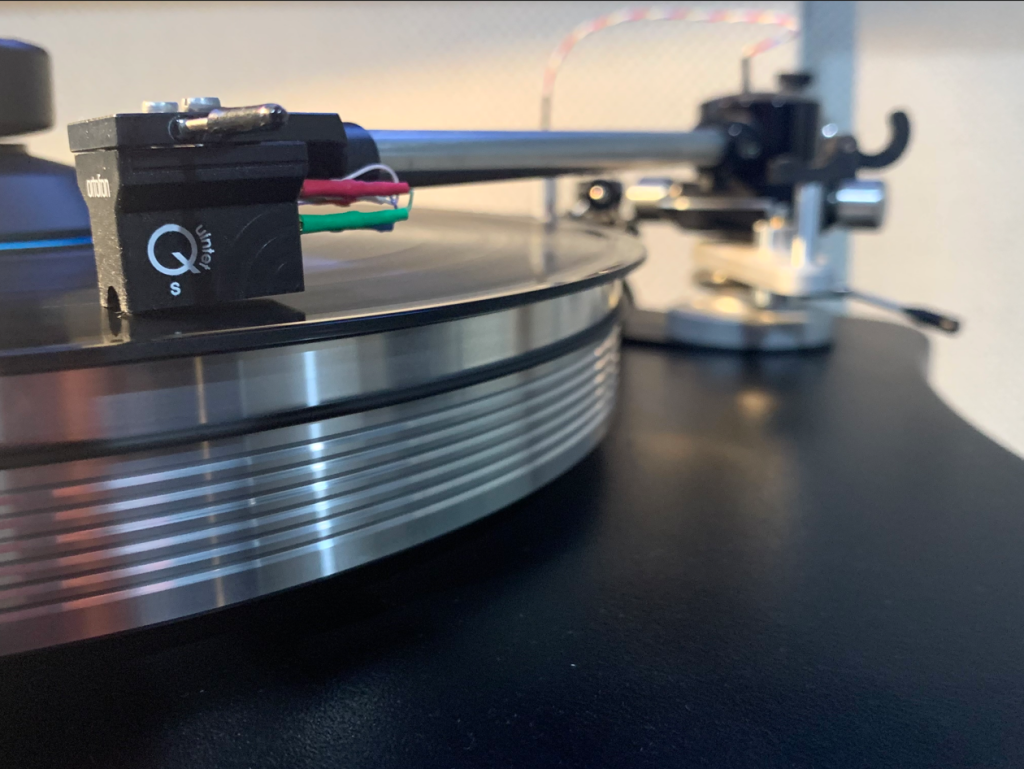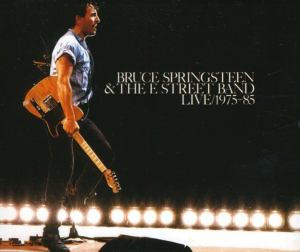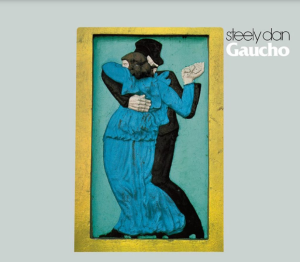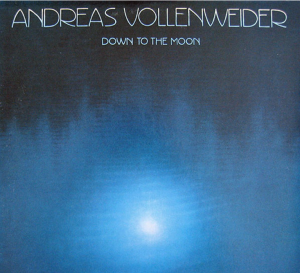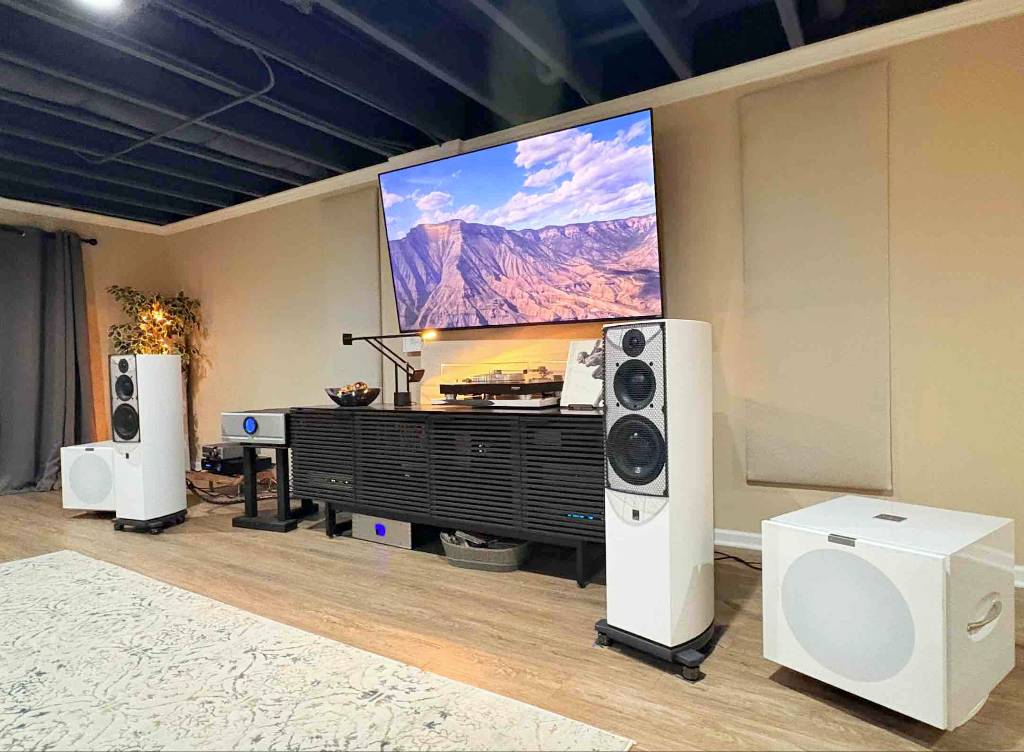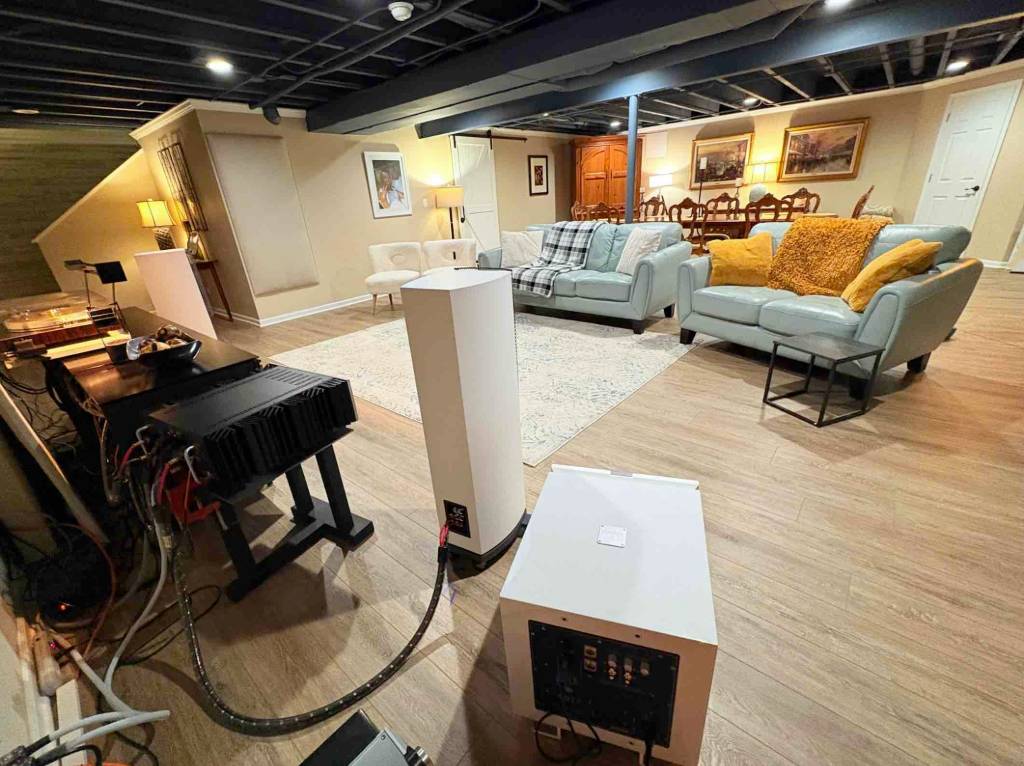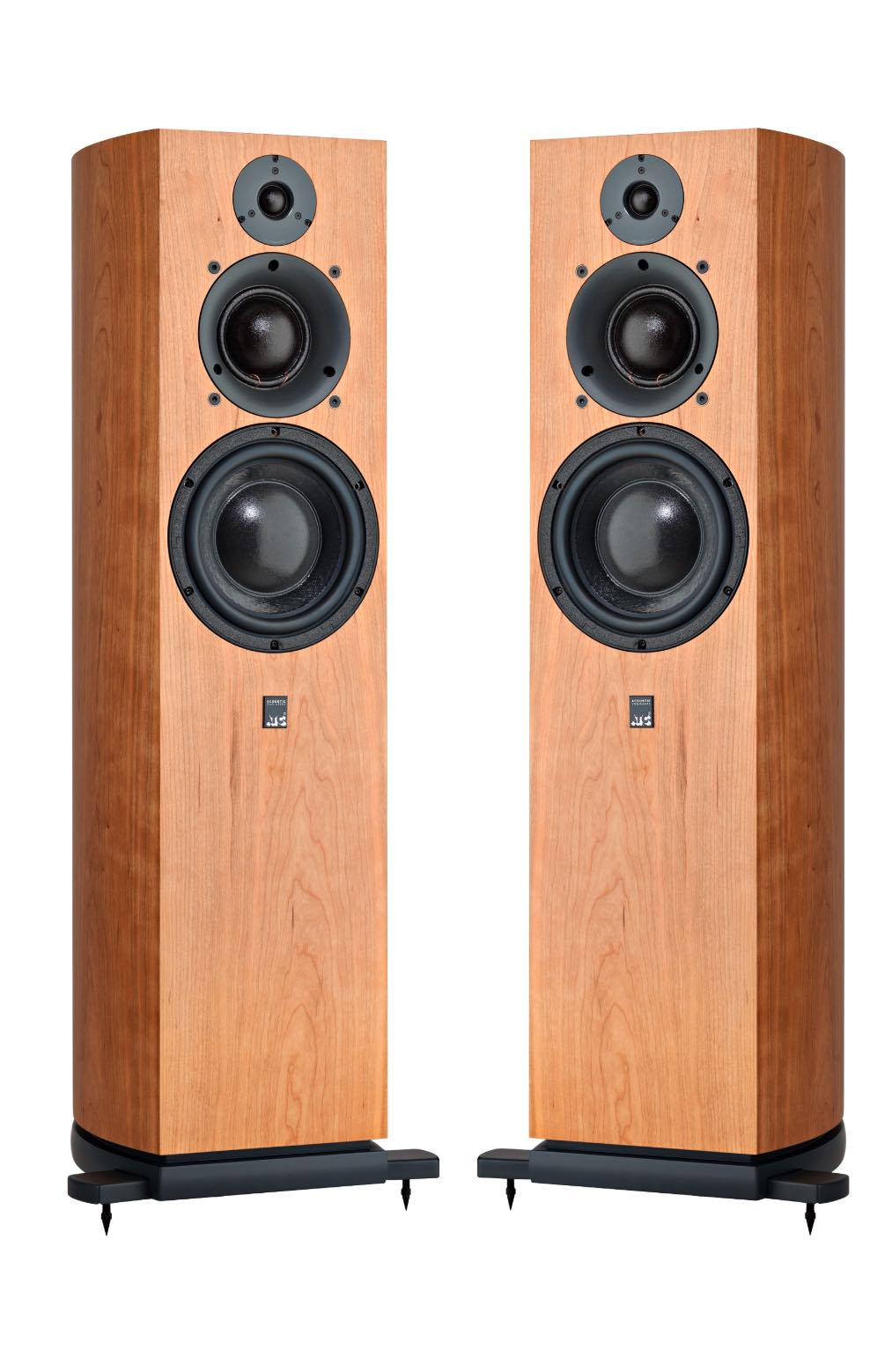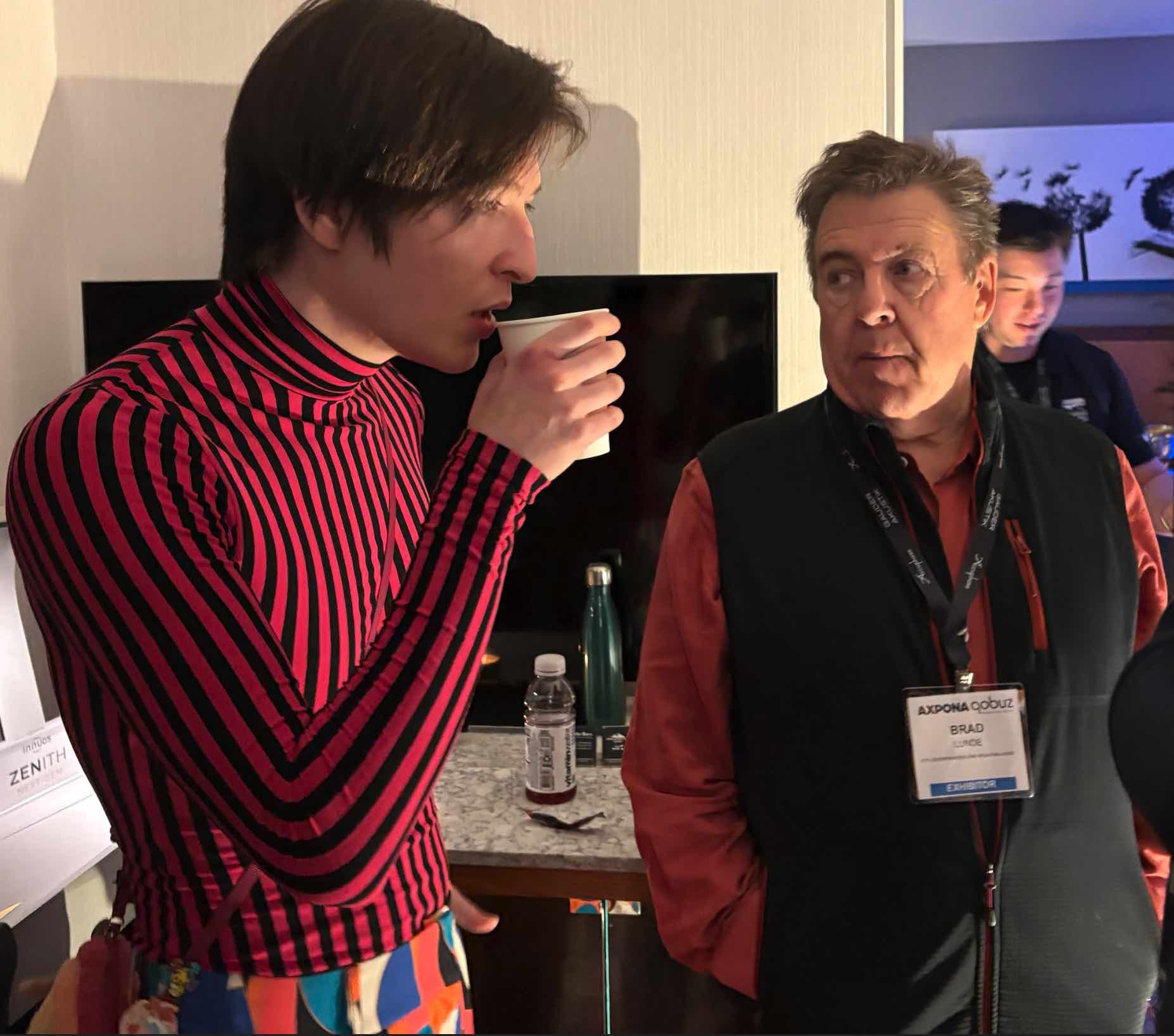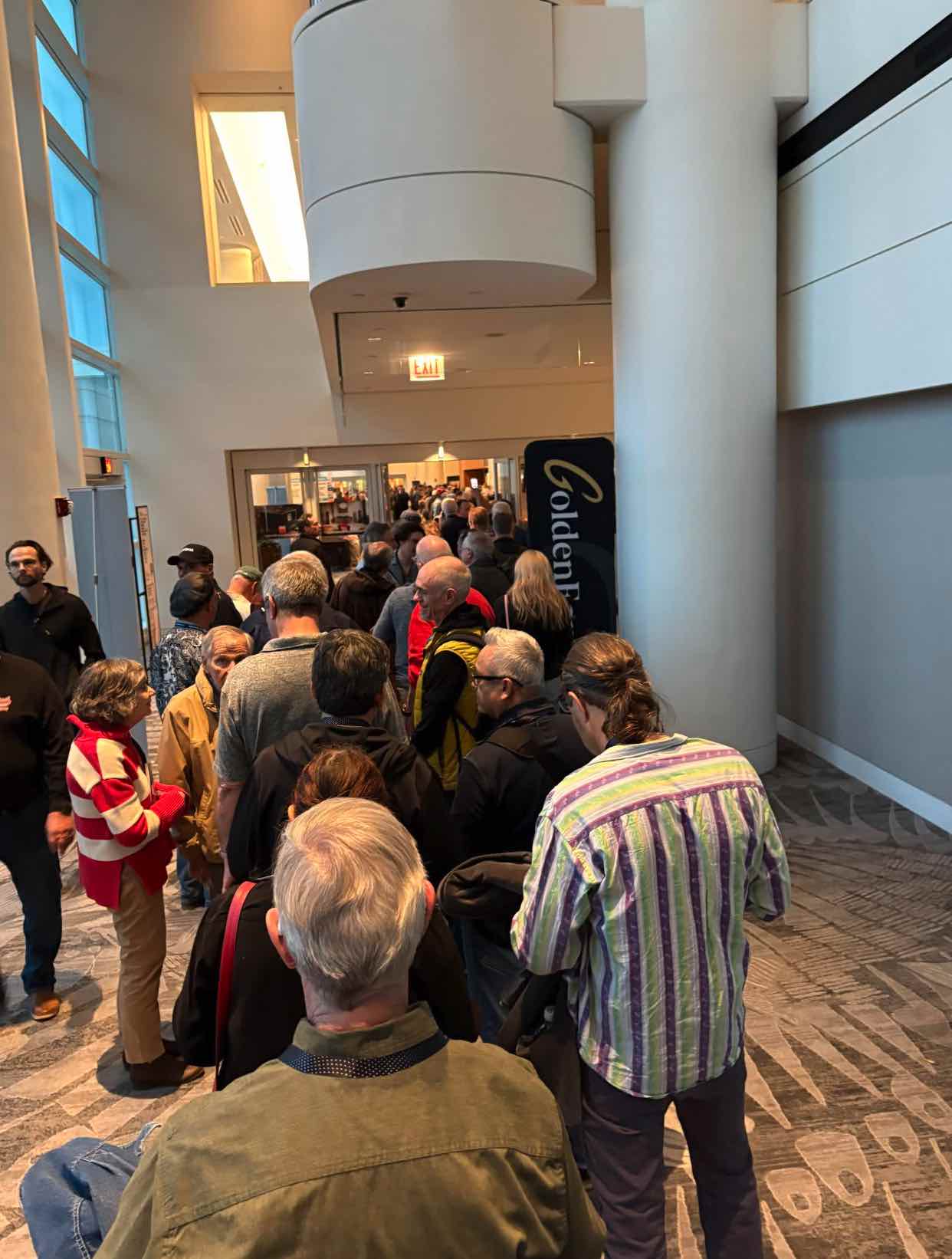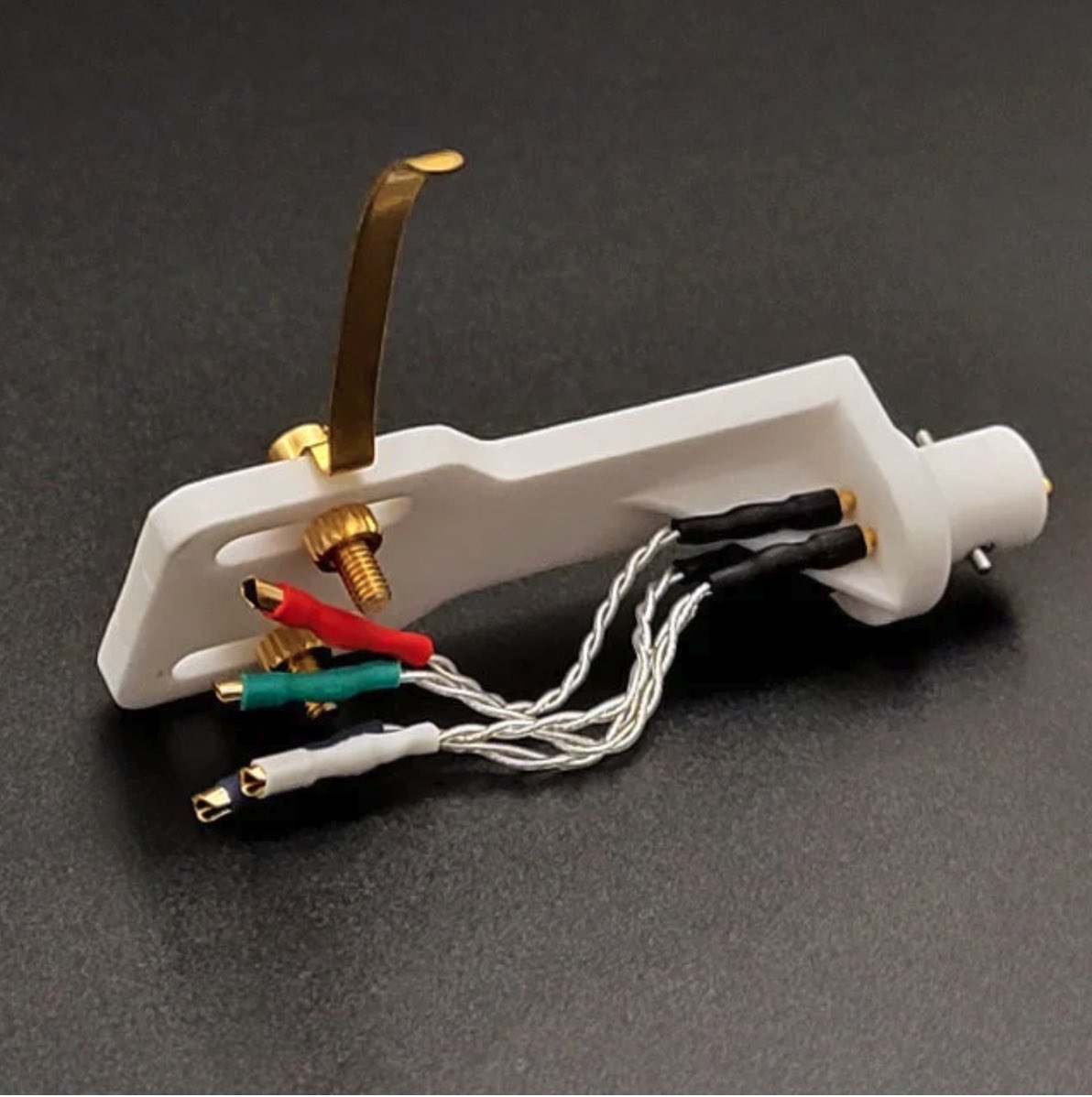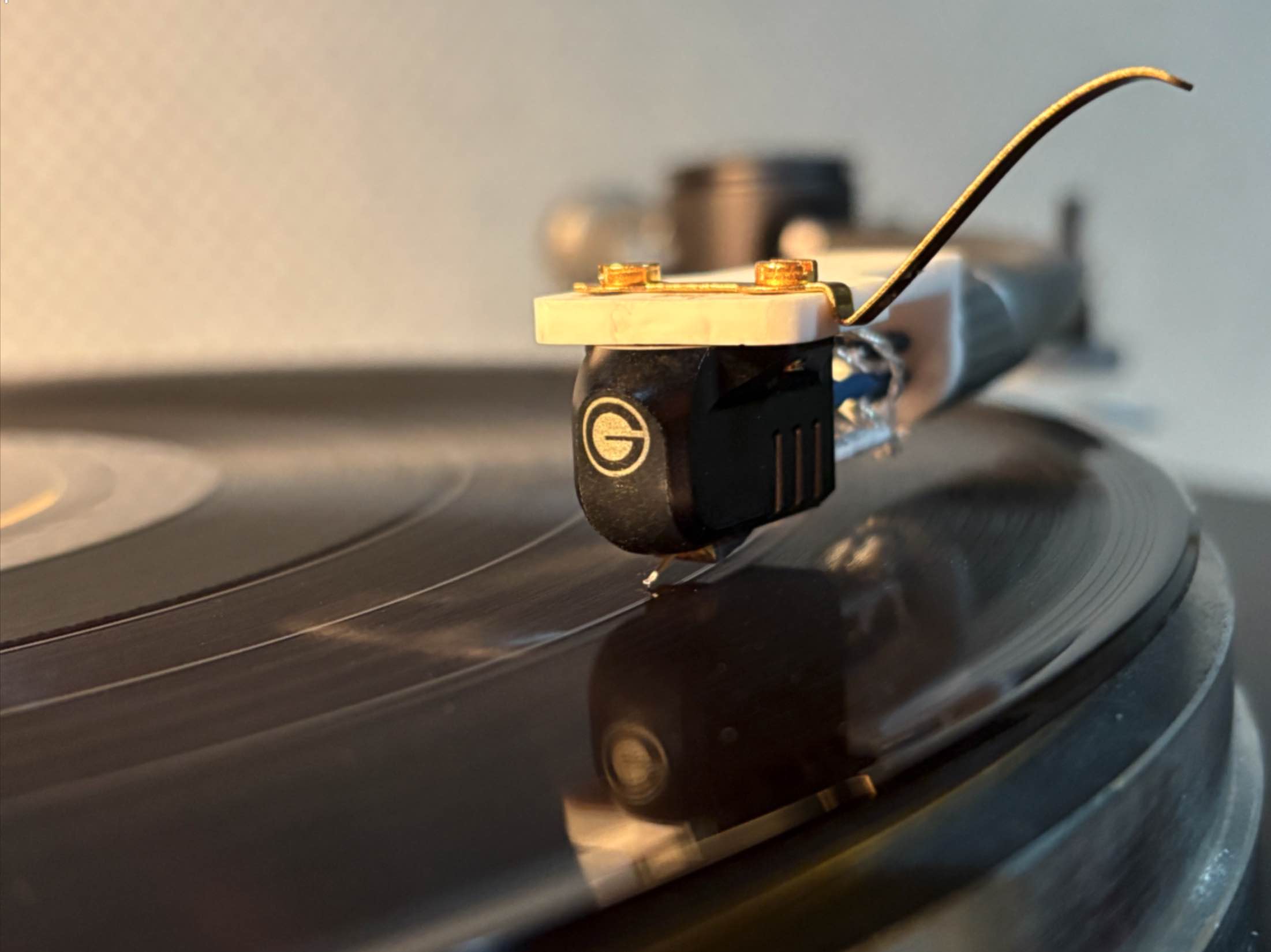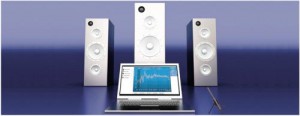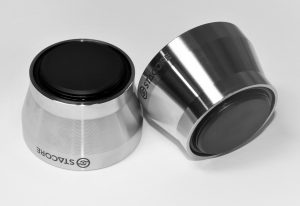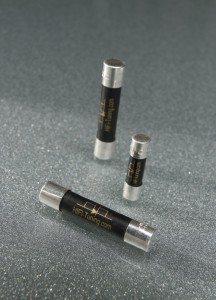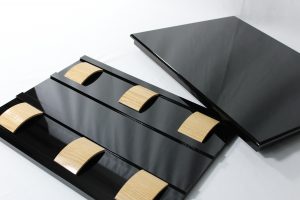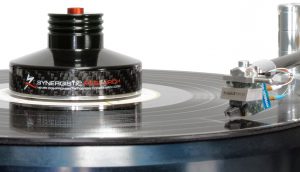Concerned about vibrations in your home negatively impacting your vinyl listening experience? If you're like me, you want to extract every bit of performance out of your high fidelity music system, and eliminating unnecessary noise and vibrations is one way to do that.
In a previous system in a former home, I used A/V RoomService Equipment Vibration Protectors to help isolate my turntable, as well as a DAC and a preamplifier, which both employed vacuum tubes and could be microphonic; to test this, I tapped on the top shelf of my equipment stand next to my Lampizator Lite 7 DAC and heard it booming through my speakers. I did the same test next to my turntable while playing a record and heard more booming! The vibrations were being picked up by the stylus and, thankfully, the EVPs did a great job in attenuating vibrations in my system.
Years later, the tubes are gone, and although I often place EVPs under my solid-state DAC, preamplifier, phono stage, an A/V pro and friend insists that any improvement I hear there is likely due to expectation bias, as solid state components like these are not microphonic. Who's to say?
Image courtesy of IMDb
Bad Vibrations
I am reminded of an experience in a barn at the Kelly Stables in Wadsworth, Illinois in 1999. A friend and I were deejaying a Halloween party upstairs in a barn as Cat Woman, monsters, and cowboys drank, danced and shouted conversations over blaring music, when one of the inebriated guests discovered he could make a CD skip by stomping hard on the wooden planks. He began jumping in earnest and, to our aggravation, several others joined the mischief! Thankfully, the novelty wore off, and we were able to finish well with our wits intact.
Clearly, joisted floors transmit vibrations caused by footfalls and other sources, which can negatively impact your vinyl, if not your CD listening experience. But what if your listening space is situated on a cement slab?
That's the situation that I'm in, and currently, with our recent purchase of a heavy BDI Furniture Corridor 8179 media console that weighs 216 lbs. and sits atop hidden rubber wheels atop vinyl flooring on a concrete slab, my system's pretty inert (you view listed components in my system by clicking on my name in my byline). Located in our basement, I am not aware of much, if any vibration issues there.
"Though you may not have irritating resonances and vibrations from the concrete floor over grade, it does still vibrate," Norman Varney, president of A/V RoomService, Ltd. counters. "The spikes directly couple your speakers to the floor, which the walls and ceiling are connected to. Decoupling is what vibration isolation is all about."
He continues. "To eliminate vibrations means to break its path, or absorb the mechanical energy by transforming it into heat energy, which is what EVPs do," he adds. "They effectively address frequencies five Hz and up by more than 90% lab proven."
A Word on A/V RoomService
Established in 2001, A/V RoomService offers a range of anti-vibration and acoustic products, as well as modeling, room construction, voicing, and equipment optimization consulting services.
Hardly Normative
Norman Varney has an intriguing background. In addition to being an acoustic engineer, he's a talented and connected musician. Several years ago, he noted that I liked jazz guitarist Larry Carlton from Facebook posts, and reaching out, he wrote, "I used to hang out with Larry as a teenager before and after gigs when he lived in the Hollywood Hills in the late 70s. Played drums with him and met a lot of great musicians. Even went to an AES show with him and Jay Graydon."
Serving as the Principal Consultant for A/V RoomService, he has quite the resume:
- Worked with AVRS as Acoustic Product Development Manager for Kinetics Noise Control
- Served as Senior Engineer with Acoustic Systems Business at Owens Corning's Science & Technology Center, conducting tests in anechoic and reverberation chambers, as well as acoustic labs
- Designed critical listening and viewing environments at Music Interface Technologies
- Designed the electrical system for the Scoring Stage of Lucas Films' Skywalker Ranch
(You can read more HERE.)
I caught up with Norman at AXPONA 2022 and, afterwards, decided to try out some of his wares in our new home.
Nuts and Bolts
Coming in various sizes and densities, the Equipment Vibration Protectors that I currently own are roughly one inch thick and two inches square, with a stiff, black, spongy core sandwiched between two roughly 1/16" metal plates covered in black felt. However, the ones I borrowed for review have a thicker rubber, tire-like tread with a waffle pattern on top and bottom. I was attracted to their more rugged, industrial look and thought their tread might better protect my turntable from slipping when I pull out the console to access connections at the rear of my components.
Rugged tread aside, the EVPs seemed delicate and when asked, Varney confirmed this fact.
"EVPs are fragile," Varney confirmed. "The core is made of layers of fiberglass that work like leaf springs. They can separate easily."
Their site explains their construction this way:
The EVP core is a matrix of precisely compressed high-density molded glass fibers, which allows controlled air movement through the fibers. This action provides viscous damping, reducing physical motion, while widening the frequency bandwidth of attenuation. As sound energy moves fibers against fibers, the friction transfers sound energy to heat energy. The annealed fiberglass is produced by a multiple flame attenuation process which generates fibers having modulus of elasticity of 10.5 million PSI (738,223 kg/sq. cm) and nominal fiber diameters of less than .00027 inches (6.8 microns). The matrix of the glass leaf springs is bonded at all fiber intersections with a low VOC water-resistant binder during the molding process under controlled heat and pressure. The material is then stabilized by multiple pre-compression cycles to many times the maximum published load capacity for the specific density of the media. ("Equipment Protectors Tech and Spec Sheet")
Turntable Isolation
Now when it comes to the turntable, ideally, it should be level, and the best way to do this is to place it atop a platform which, Varney suggests, should weigh at least three times the weight of the turntable (although this is not required). Equipment Vibration Protectors should be placed underneath the platform and, with the help of a bubble level, can be moved around to achieve perfect leveling.
However, with our new, clean aesthetic, I no longer use an isolation platform; I keep my turntable tucked along with other electronics inside our console, and on the occasions when I want to play vinyl, I set it up directly on top of the unit.
For the purposes of this review, I set the feet of my VPI Industries Prime Scout turntable directly on four EVP protectors, with a small unused passive preamp serving as the external turntable's motor platform so that its pulley and drive belt are properly aligned with the platter.
Spinnin' Some Wax
Lowering the stylus on Bruce Springsteen's "Fire" and, afterwards, "It's Hard to Be a Saint in the City" (Bruce Springsteen, Bruce Springsteen & The E Street Band Live 1975-85. Vinyl. CBS, 1986), there are the cursory, low grade pops and drone as the stylus slaloms the vinyl's grooves, but moments later, they give way to a cheering crowd. Whistles and applause are clear and palpable. The raspy harmonics of Springsteen's vocals juxtaposed against Nils Lofgren's growling guitar, the honks and blares of Clarence Clemons' sax, and Roy Bittan's twinkling piano riffs shine in this outstanding recording. Combined with Max Weinberg's thumping drum kit, and Gary Tallent's driving bass, the experience is revelatory.
Playing directly atop the media console, the record sounds phenomenal, but with the insertion of the EVPs, delineation and separation of instruments, particularly when cacophonous crash cymbals highlight the more blistering, bass bumping passages are subtly improved.
Jeff Porcaro's snare and Hi-Hat, Rob Mounsey's comping piano, Donald Fagen's layered, helium toned voicing, Mark Knopfler's electric guitar licks, Walter Becker's precision bass, horns, and the silky background female vocals all shine in this Steely Dan's deliciously mixed "Time Out of Mind" (Steely Dan, Gaucho. MCA, 1980).
Without the EVPs, it still sounds brilliant, crisp, and amazing, but a little more closed in with a smidgen less separation between instruments. In contrast, with the Prime Scout seated on EVPs, vocals and instruments sound a touch more natural; opening up more, it's less production sounding and incrementally more lifelike. I like!
Andreas Vollenweider's plucked harp is magical, vivid, and hard edged as it pans left and right, while Christoph Steifel's synthesizers and effects mesmerize, Matthias Ziegler's woodwinds tantalize, and with Jon Otis' percussion and Walter Keiser's drums rounding out the mix, "Steam Forest" is aurally enchanting, enticing you to reach for a cigarette in the afterglow (Andreas Vollenweider, Down to the Moon. Epic, Kin-Kou Records, 1986).
Sans the EVPs, it's similarly sumptuous, but a smidgen harder sounding; I enjoy both versions immensely, but now a certain refined air—a lightness—seems missing that they impart. It's the difference between being in sunny Big Bear, California at an arid 72 degrees fahrenheit versus Chicago when it's a hot and humid 95 degrees.
Conclusion
As suggested earlier, the impact of the A/V RoomService Equipment Vibration Protectors may vary depending on your room, equipment used, and personal preferences.
For example, if your listening space is located on a floor with joists, such as an apartment, a second level floor, or above a basement, the benefits are potentially greater than if it's on a cement slab.
In my case, the listening space was located in our basement on commercial grade vinyl planks atop a concrete slab, but even so, there was a slight but noticeable improvement in the definition and separation of individual instruments when the EVPs were placed under my turntable. Moreover, the soundstage appeared slightly more open and natural than without them, which makes sense. Heavily tested, they are designed to reduce the transmission of vibrations to sensitive equipment.
All said, I can heartily recommend the A/V RoomService Equipment Vibration Protector pads for use under your turntable.
Equipment Vibration Protectors
Retail: 2" standard $99 each; 4" standard $199 each
A/V RoomService, Ltd.




